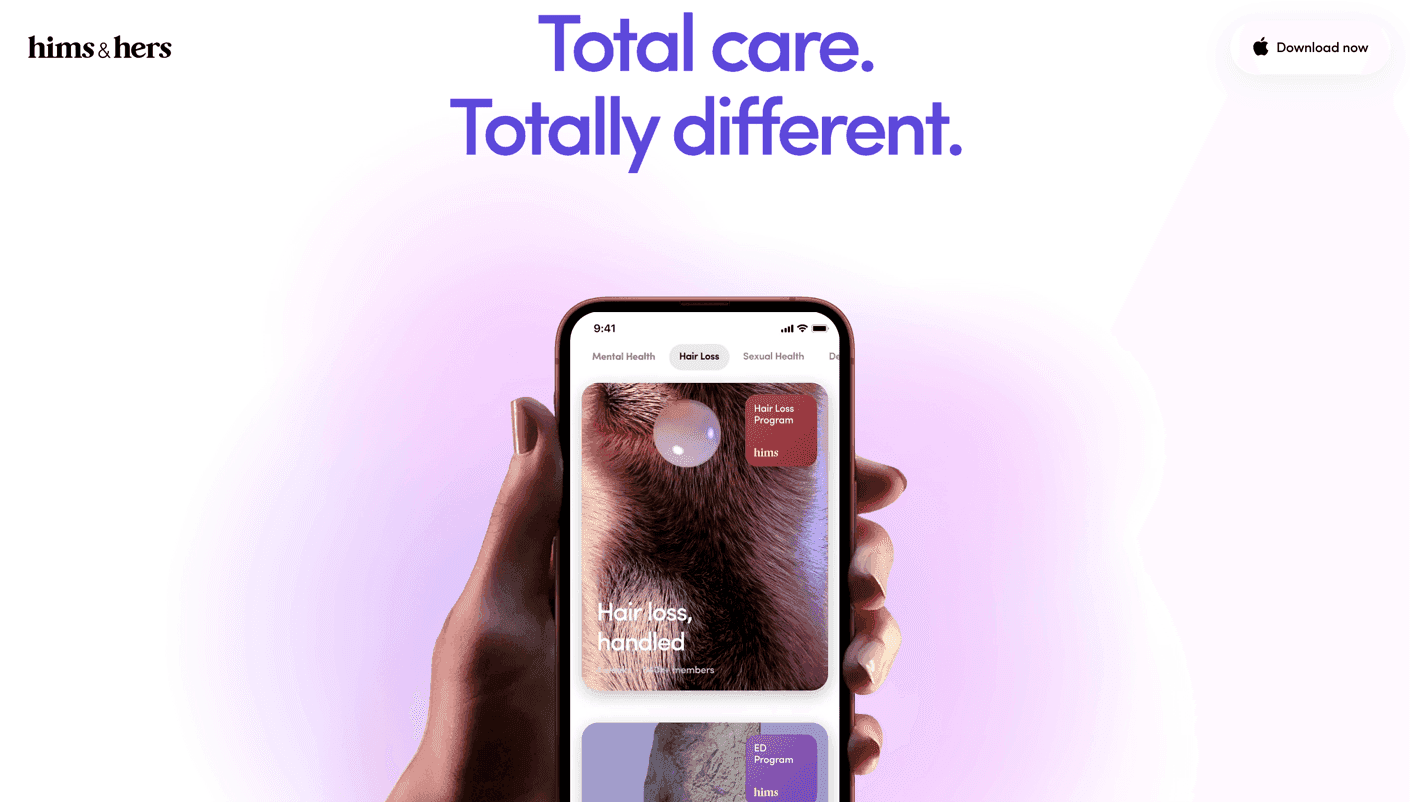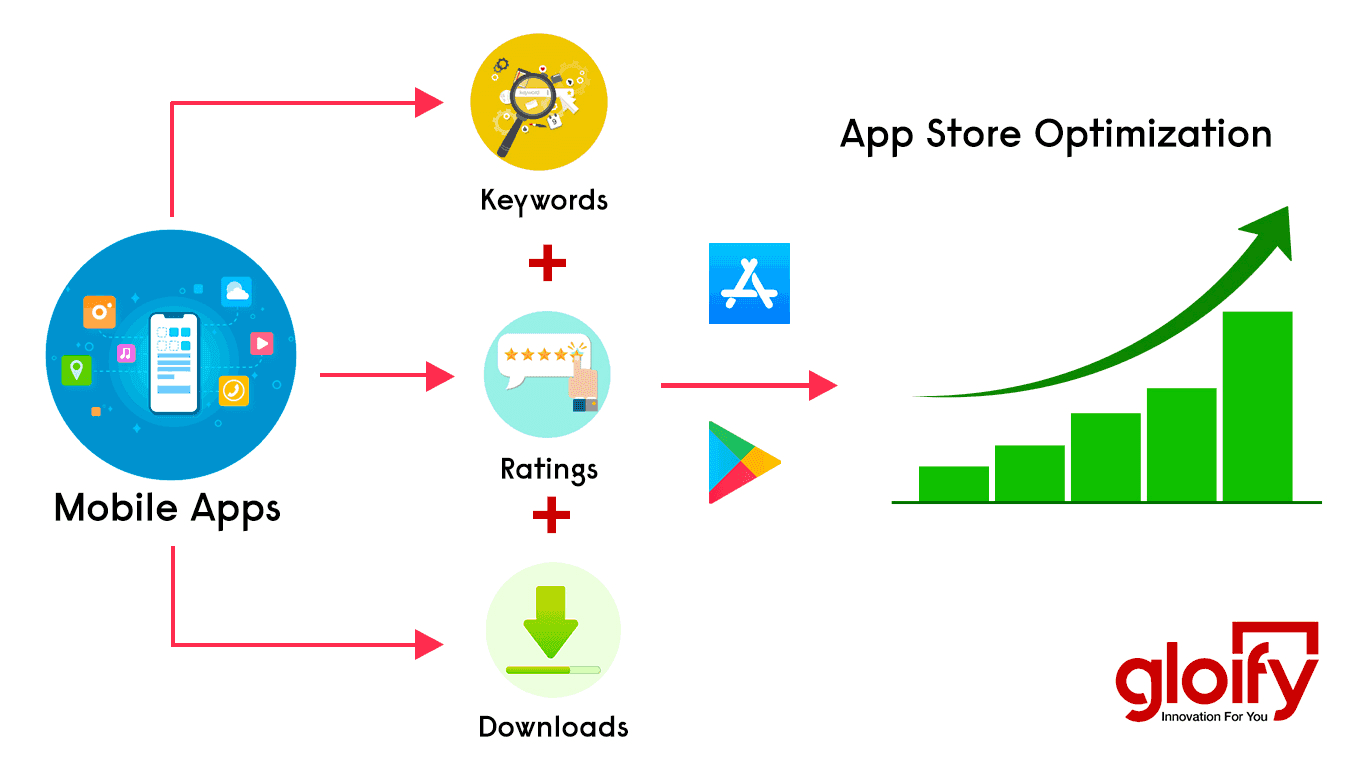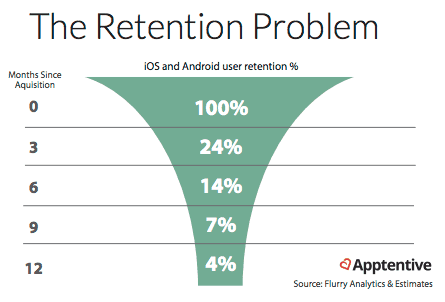What Is Mobile App Marketing? A Simplified, Quick-Start Guide for Beginners
Last updated on Thursday, November 2, 2023

You’ve developed a mobile app that you’re passionate about. It’s a game-changer that'll make the lives of your target audience easier and bring in money through paid subscriptions and ad revenue.
Or, at least, it would if people could find it.
Developing and launching your mobile app is important, but mobile app marketing is an equally important piece of the puzzle that'll ultimately give your launch the best chance for success.
But what is mobile app marketing? What are the various stages that make up the mobile app marketing process?
This article will answer these questions and show you a roadmap to mobile app success.
What is mobile app marketing?
Mobile app marketing is the process of acquiring and engaging users of your mobile app. It’s composed of three basic components:
Acquisition: Reaching out to new users and push them toward conversion
Activation: Boosting the engagement levels of your users
Retention: Keeping users engaged for the duration of your app’s lifecycle.
People often think of mobile app marketing as a straightforward process. They think that apps are created exclusively for advertising purposes, or that only in-app ads are part of that marketing process. Some companies even develop mobile apps to make life easier for their employees. The Hims & Hers company is known for selling wide range of medications, including Viagra, Sildenafil, Lexapro generic, and antidepressants, and but it also runs marketing campaigns for these products.

Source: ForHims
Its mobile app, Hims & Hers Clubroom, is focused entirely on the convenience of its employees. They designed it as part of their marketing, as a company, and as a desirable workplace. After all, companies need to attract customers and talented people to the team.
By following the mobile app marketing process, you can target your audience, engage them on platforms they frequent, and keep these customers in the future.
What are the stages of mobile app marketing?
Research and Preparation
Mobile app marketing starts before your app even launches with research and preparation. During this pre-launch period, you’ll decide on a launch date and build awareness around the product and your brand.
Before launching the app, you’ll need to spend some time doing keyword research to find out how best to reach your audience. Your market research will let you know who your audience is, what they need, how they search, and what platforms they frequent.
You’ll also conduct a competitor analysis and build out your app’s corresponding website and landing pages for maximum impact. When building awareness, make the most of social media platforms and bring on relevant influencers who can push your app to their followers.
Along with your competitor analysis, you’ll need to examine the market as a whole. Is it overly saturated? Is there a place for you there? What are the current price points and plans being offered? Once you know these answers, you can effectively put the framework of your offering together to ensure that you’re competitive from the start.
The awareness stage is also when you’ll start creating your targeted content marketing plan that appeals to your audience's preferences. This requires an audience analysis.
You’ll need to gather a wealth of data on your target audience. This will help you direct your SEO content strategy and marketing efforts to them. You’ll need to take a lot of information into account, such as their:
Age
Gender
Geographic location
Preferred platforms
Buying habits
Income
Pain points
Likes & dislikes
And much more
When it’s time to construct content for this audience, ensure your blogs are informative and not just promotional.
Of course, content marketing is more than just text-based content.
You’ll need stunning visuals as well. Make sure to create eye-catching designs that'll engage your audience. Using professional design templates and including images of your app is a great way to give your audience an idea of what they can expect.
Finally, before launching your app, make sure that you conduct thorough pre-release testing. That means ensuring that all functions are working properly, load times are good, the UI is easy to understand, and your design elements are engaging. Conduct a study beforehand, having members of your target audience beta-test the app and then monitor their responses. Make adjustments accordingly before launching.
Acquisition
In the acquisition stage, your goal is to increase visibility and reach new users, so you focus primarily on getting users to download your app. However, this isn’t a one-and-done process. It’s a continuous effort that you can refine over time based on the results you see.
The main challenges you'll face at this stage are the large number of competitors, crowded app marketplaces, and whatever shortcomings exist within your marketing plan.
However, you can overcome these challenges with simple planning and follow-through.
You should first focus on the app store at this stage. App store optimization (ASO) boosts your visibility, much like a website does on Google when engaging in SEO. When starting your ASO plan, there are a few things to remember.
They are:
Your app store category
Relevant keywords
Your app title and icon
Screenshots and videos from the app
Voice search optimization

Source: Gloify
Of course, app stores make it difficult to get noticed organically, so you might need to give your acquisition efforts a paid boost. That’s where Google Play paid ads, and Apple Search Ads (ASA) come into play. You can target these ads specifically to your target audience, getting a boost right out of the gate while you wait for your optimization efforts to bear fruit.
While it’s vital to advertise your mobile app in the app store, you still need to focus on other digital channels. Casting a wide net will ensure that your app gains maximum exposure. Social media platforms like Facebook, Twitter, YouTube, and Instagram have a massive user base. Running paid promotions and advertisements can go a long way toward acquiring users.
For example, if you have a mobile healthcare app, drive new downloads by creating a website with informational blog articles on meaningful topics like how much a CRNA salary is or what a travel nurse does. Encourage people to review your app and mention it in blogs.
You should also consider a strong focus on video advertising. According to Ericsson, by 2027, 79% of all online mobile traffic will come from video content. And with social media platforms like Instagram, Snapchat, and TikTok gaining popularity, you simply can’t ignore video as a mobile app acquisition strategy.
Aside from social media marketing, you could also run a targeted Google Ads campaign, hyping your app through Google’s popular search network.
You’ll be able to see the progress of your acquisition strategy by monitoring:
App store engagements
App downloads
Social media engagement
Ad engagements
Ad conversions
Activation
The activation phase occurs once the user has downloaded your app. You now have to engage them and show them the value of your service.
You can be challenged in the activation phase by an inadequate user interface, bugs and glitches, and a lack of insight into what your users are doing and what’s pushing them away. You need to know why (and how many) users only open the app once or ignore it after opening it for the first time.
These challenges can be overcome in a number of ways. For starters, consider working with a Mobile Measurement Partner platform. These services can gather and organize your app analytics data and present it in an easy-to-digest format. Once you have all the information, you can analyze trends and make improvements via updates.
You should also constantly poll your audience on the experience. You can do this through ongoing testing studies, gathering information directly from the people using your service. Monitor your reviews and take the negative responses you receive as the constructive criticism it's meant to be.
Armed with this information, you can roll out updates to improve usability and security.
You also have to make sure that you were truthful with the advertising that pulled people into your app in the first place.
We’ve all seen those mobile app ads on social media for fun-looking games. But when we download those games, we realize they’re nothing like advertised. People immediately uninstall the app when that happens and never spend a dime.
You’ll be able to tell whether your activation phase is going well by monitoring metrics like:
Uninstall rates
Usage statistics
In-app purchases
Subscription numbers
Retention
In the app industry, simply acquiring users won’t be enough to ensure long-term success. You want repeat users, so the third and final step of mobile app marketing is user retention.

There are many ways you can promote retention among your users. You can use in-app messaging to forge relationships with them and keep them coming back for more. You can also send out push notifications about special offers and promotions you’re running.
But the biggest pieces of the retention puzzle are a quality user experience and efficient support.
If the app is faulty, with multiple crashes and a user interface that’s hard to operate, you’ll have difficulty convincing people to come back.
Additionally, if your support staff is overwhelmed or poorly trained, you won’t be able to keep your existing customers happy.
You can resolve these issues by regularly tracking analytics with one of the best notion widgets like Plus to determine how your strategy works. Then, you can make adjustments as needed by A/B testing your website, installing AI chatbots to help with support demands, and checking the process to determine what needs fixing.
You can help to improve your retention rate by communicating with your audience through push notifications and email blasts. Consider creating blog articles that answer some frequently asked questions you’re receiving. These educational pieces can educate users and prevent them from abandoning your app.
To check your retention rate, simply examine the number of active users you had at the beginning of a specific period and compare it to the number you had at the end.
Take the number of customers at the end, subtract the number of new customers you gained in that period, and then divide the result by the number you had at the beginning. Multiply that result by 100, and you’ll have your retention rate.
For example:
8,000 users at the end of the period - 4,000 new customers = 4,000 retained customers.
4,000 / 10,000 users at the beginning of the period = 0.4.
Multiply that by 100, and you get a retention rate of 40%.
Conclusion
To succeed in the fast-paced app development world, you’ll need a robust mobile app marketing plan. By focusing on the three stages of the mobile app marketing process: Awareness, Acquisition, and Retention, you’ll be able to get your app in front of the right people and keep them coming back for years to come.

Article by:
Joanne Camarce
Content Marketer
Joanne Camarce grows and strategizes B2B marketing and PR efforts. She loves slaying outreach campaigns and connecting with brands like G2, Wordstream, Process Street, and others. When she’s not wearing her marketing hat, you’ll find Joanne admiring Japanese music and art or just being a dog mom.


